
I knew Quito in Ecuador was going to be huge, because although my bus driver said I was still more than an hour from my hotel, the signs along the road were labeled with “Quito” insignia. Volcanoes towered around the bus in all directions, and as I traveled further northward, I became more and more enchanted by the city splayed out in the bowl-shaped valley between them.
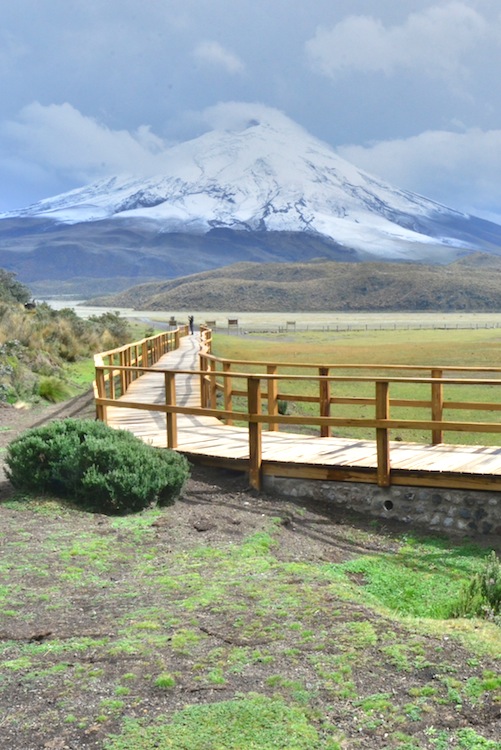
Speaking of volcanoes, it is at the most ubiquitous of Quito’s many nearby volcanoes, Cotopaxi, that the story of my short love affair with the city actually begins. After having left Ecuador’s adventure capital, Baños, early in the morning, I enjoyed a picnic lunch on the shores of a lake in the shadows of Cotopaxi, the world’s third-highest active volcano.
If you have ever traveled to South America, you know that virgin statues are a dime a dozen. But as my bus sped away from Cotopaxi and ever closer to Quito, I couldn’t take my eyes off the one that rises above the Ecuadorian capital, which the signage I mentioned above designated as “La Mejor Ciudad del Mundo” – the best city in the world.
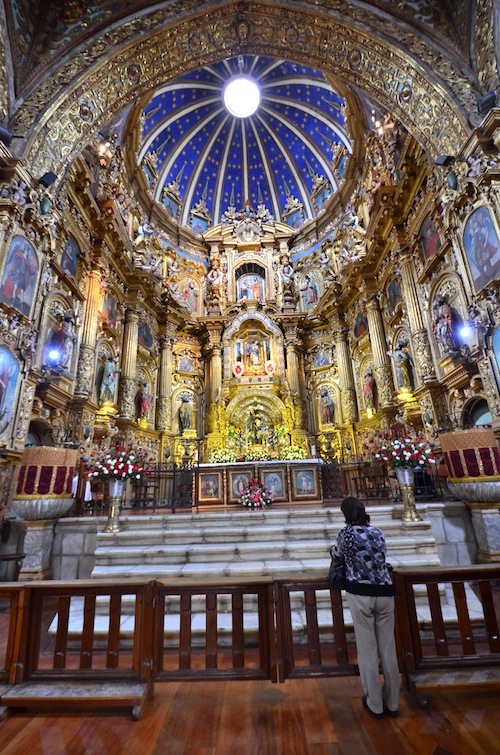

After a brief stop at the equator the following morning, I got my chance to see if this assertion was correct. My first destination within Quito itself? El Panecillo, the high mount on top of which Quito’s proverbial virgin sits.
The meaning of the statue, which literally depicts la virgen stepping on some kind of apocalyptic dragon, is open to interpretation, although my local guide told me it symbolized the Mother Mary’s protection of Quito from the volcanoes which surround it.
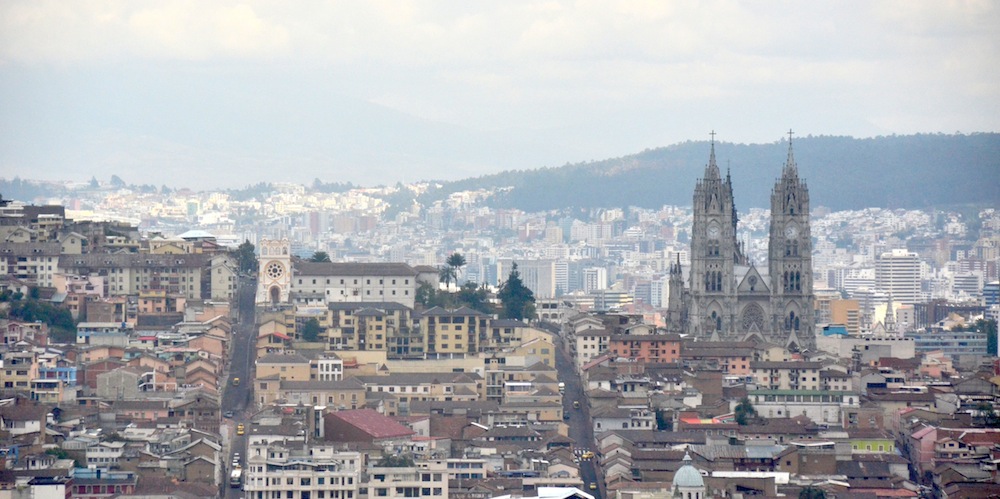
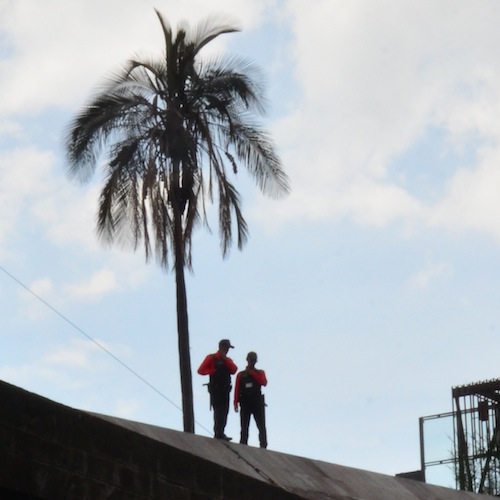
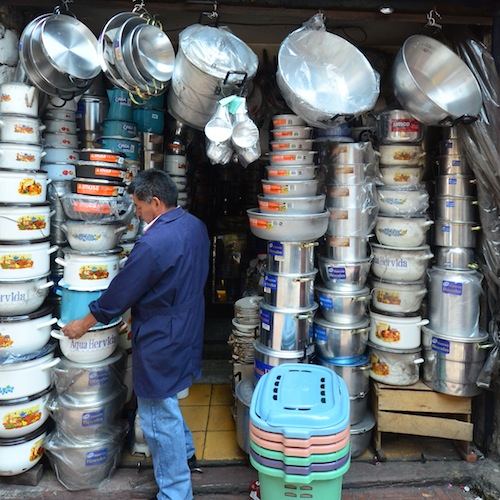
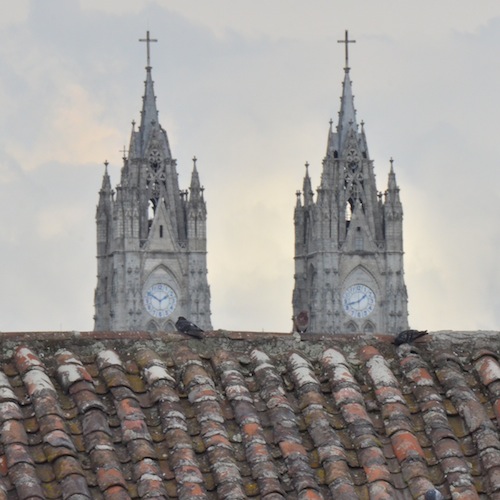
From El Panecillo I headed lower in elevation, and northward in latitude to Quito’s historical center, with the highlight of my two-hour stroll through el centro being a stop inside the San Francisco cathedral, an architectural marvel which is currently being restored.
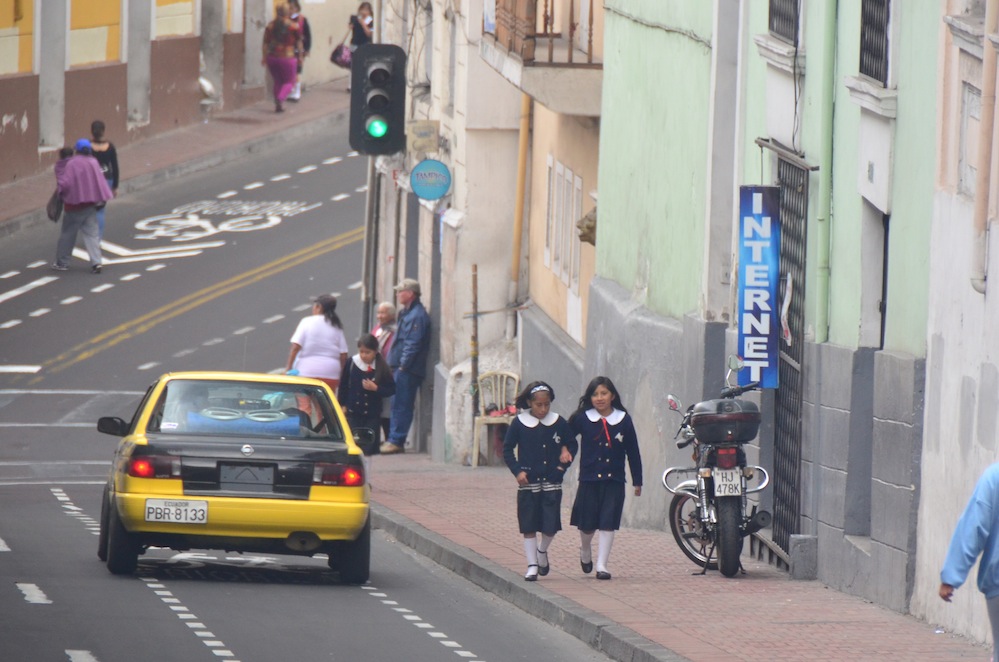
The unfortunate part is that while I managed to get some great shots of Quito, as well as to put my finger at least partially on the city’s pulse, constant reminders of Quito’s status as a relatively dangerous city prevented me from fully exploring it.
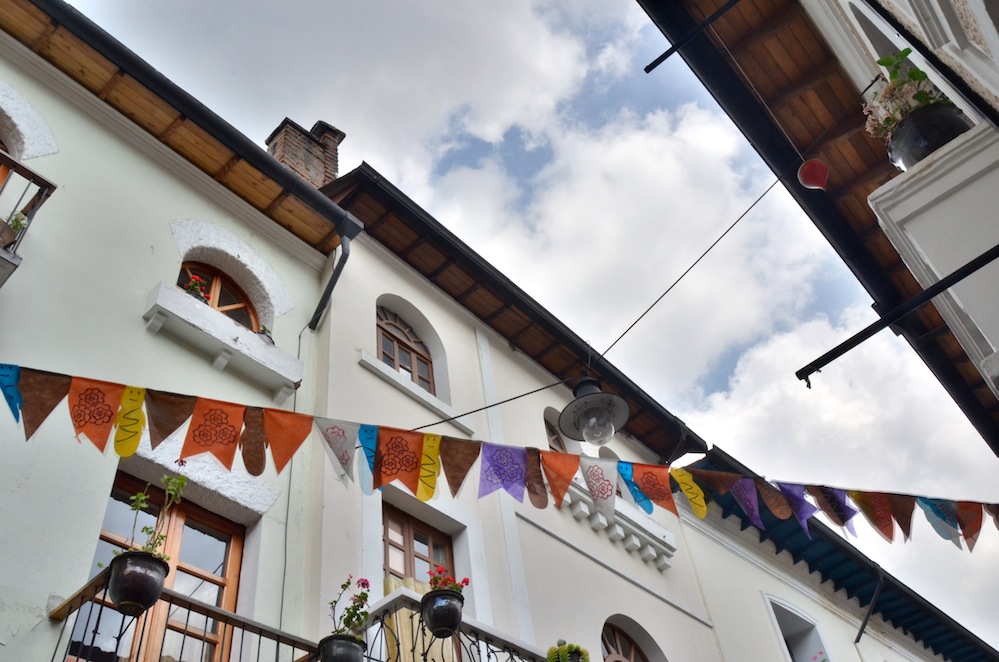
Local police, which are installed on practically every street corner, frequently warned me against wandering down particular streets, some of which actually had messages of caution painted, in English, over them.
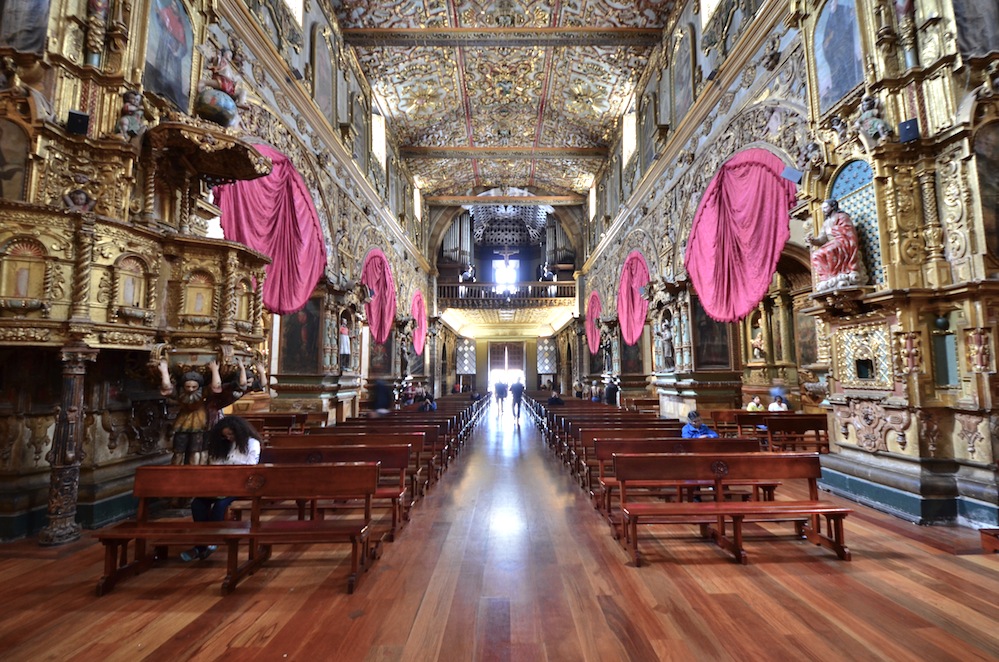
To be sure, Quito’s dangerousness, whether it lies more in fact or in paranoid gringo tourist fiction, is the one thing that prevents me from thinking it might soon become the best city in the world. I hope that one day, this non-volcanic dragon is slain, by a virgin or some other force, so that I might succumb to the seduction that lured me into its serpentine streets and alleyways.
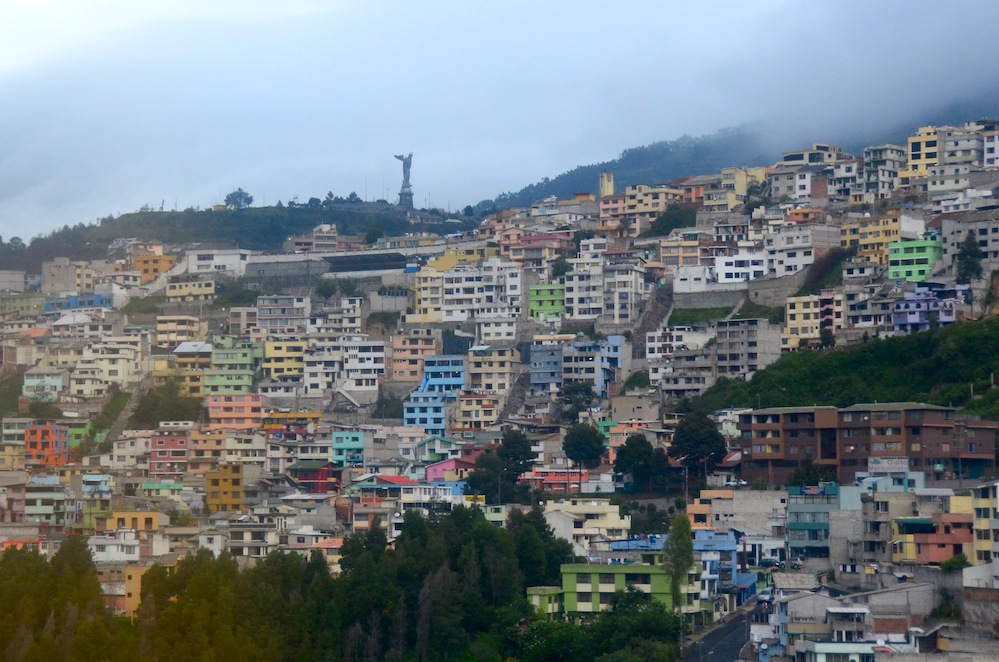

Robert Schrader is a travel writer and photographer who’s been roaming the world independently since 2005, writing for publications such as “CNNGo” and “Shanghaiist” along the way. His blog, Leave Your Daily Hell, provides a mix of travel advice, destination guides and personal essays covering the more esoteric aspects of life as a traveler.








